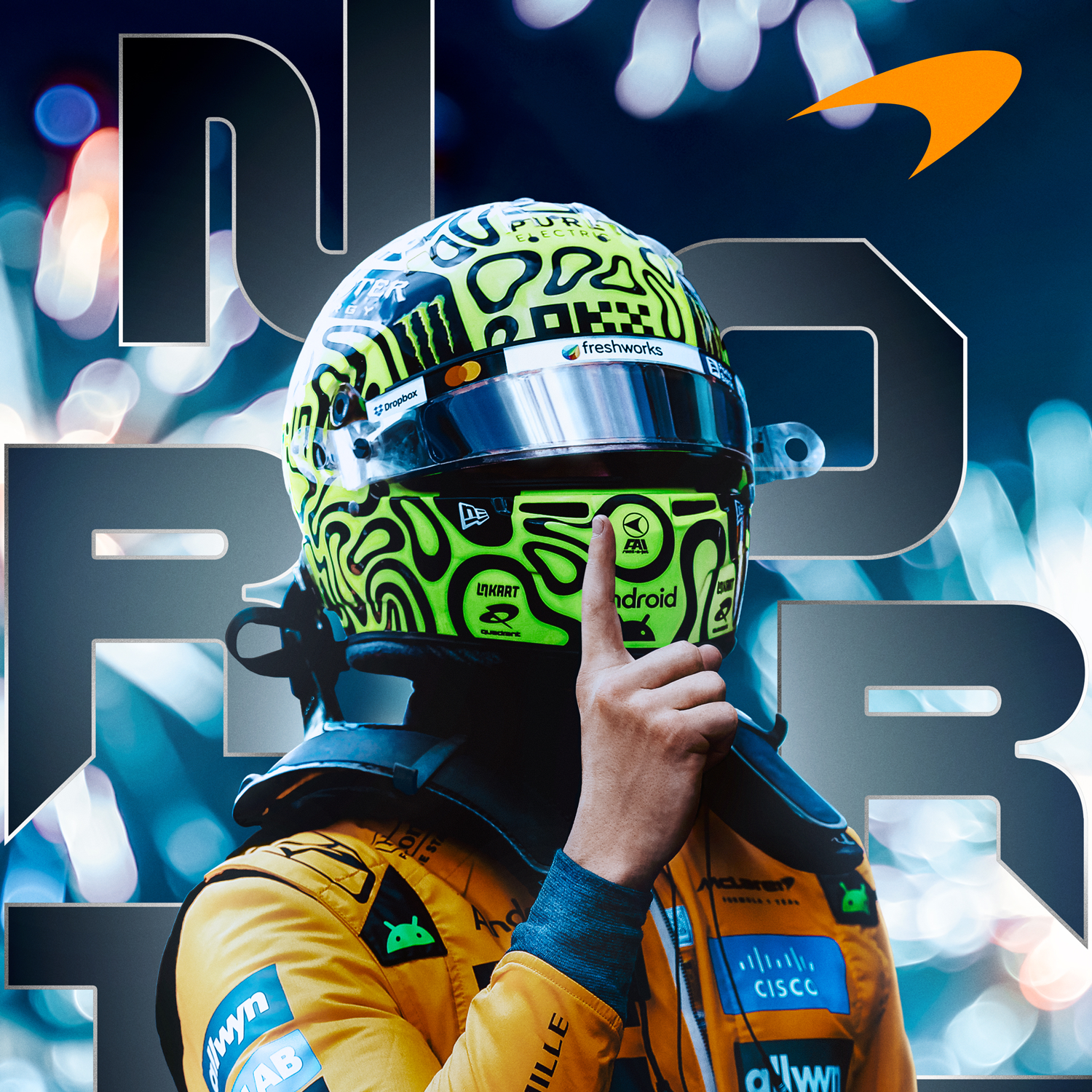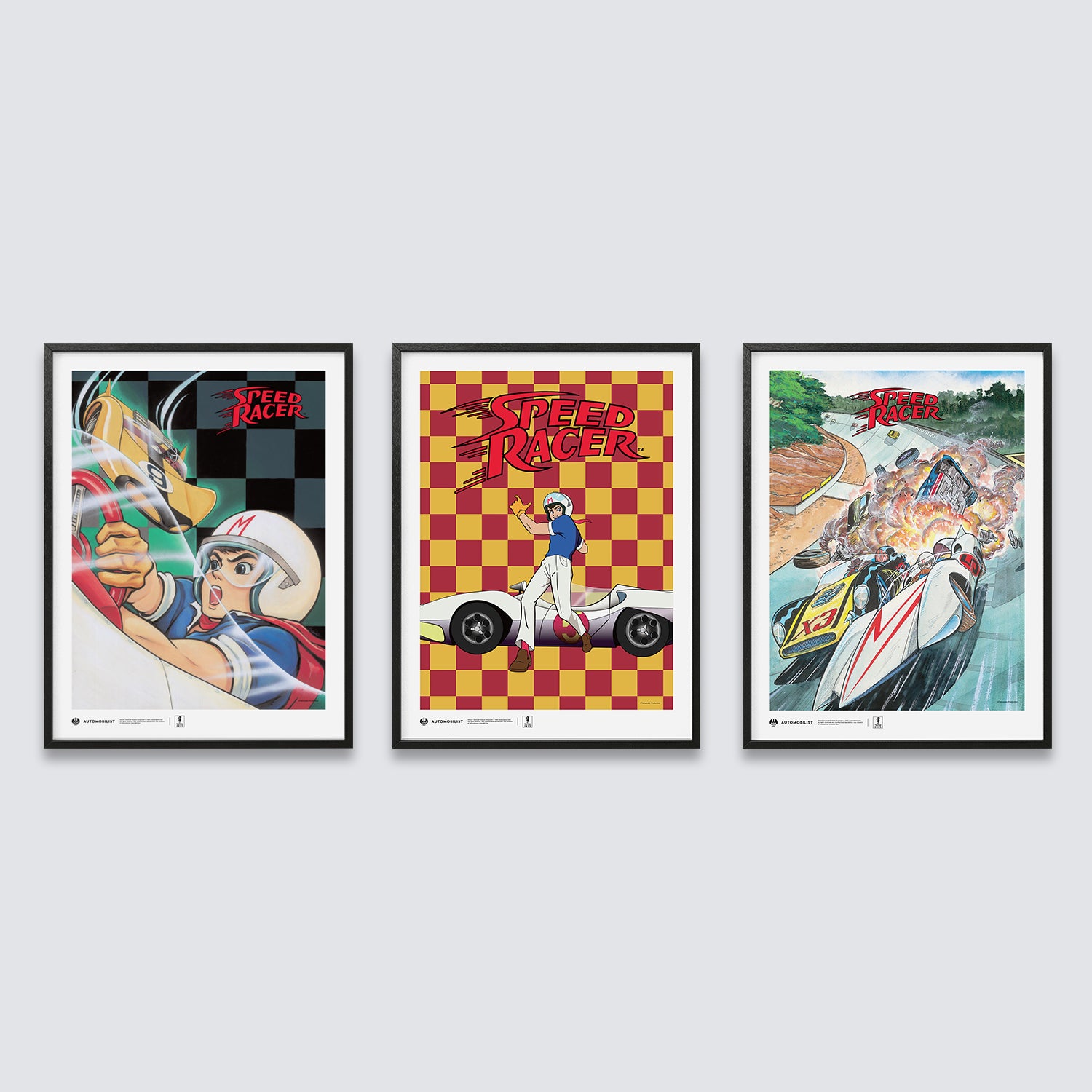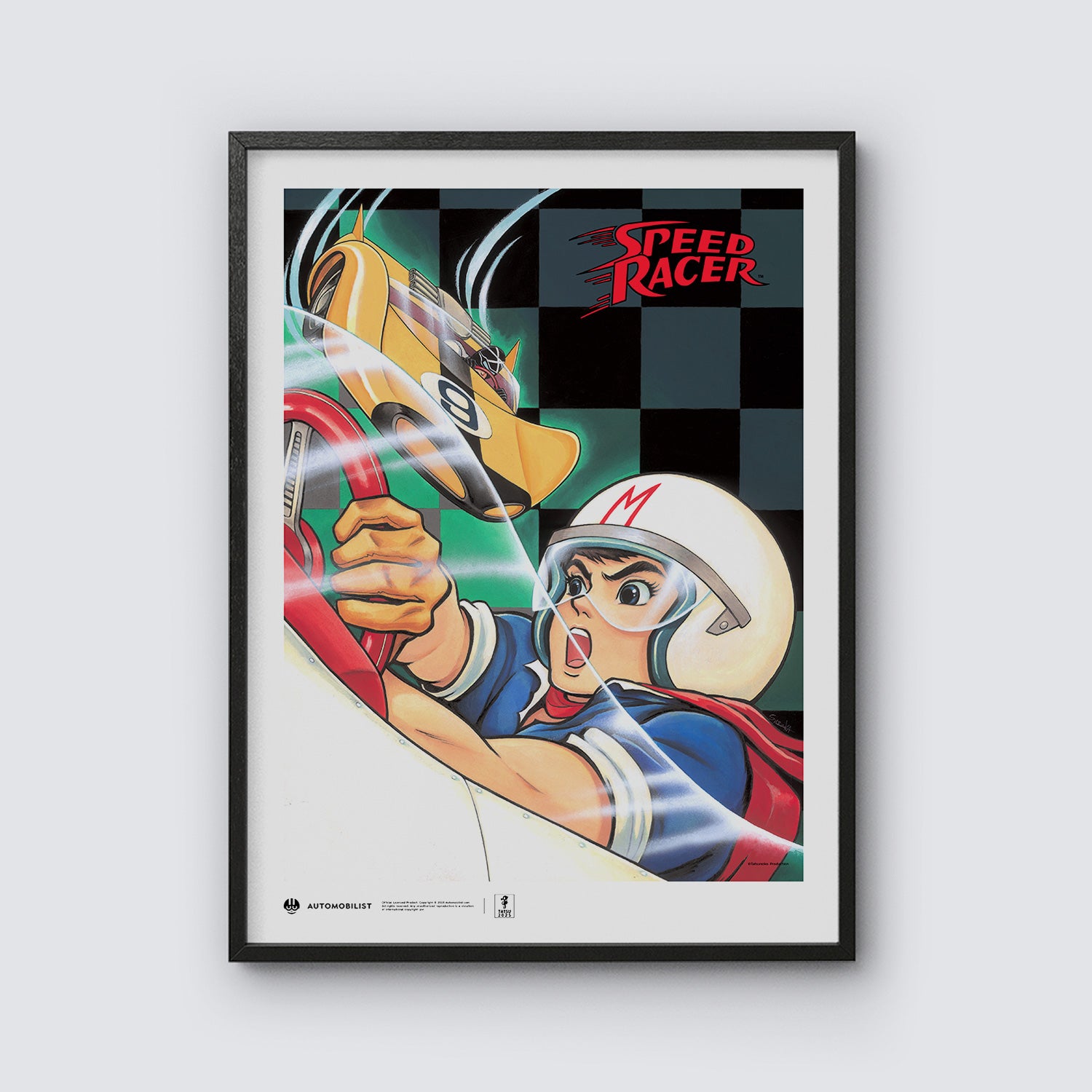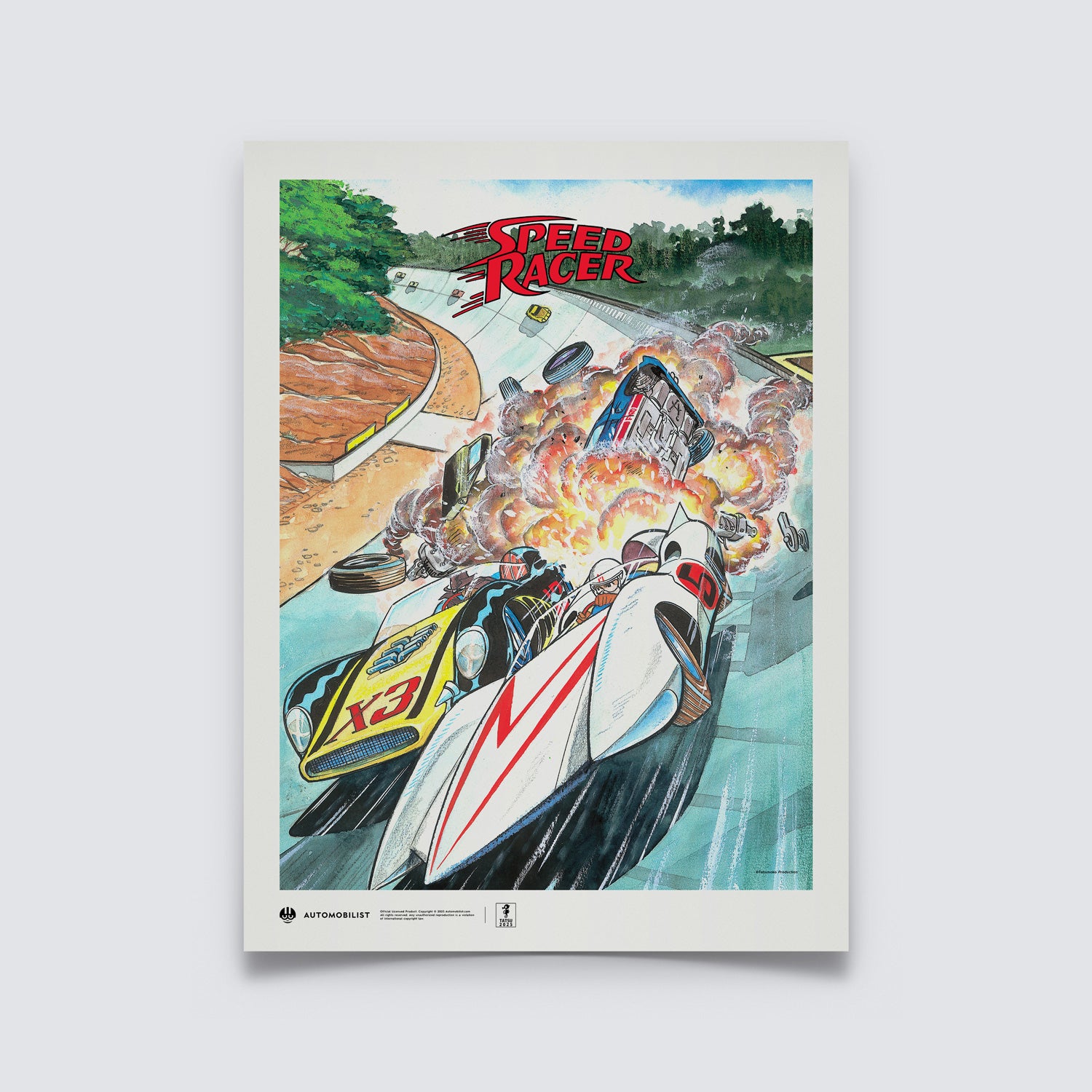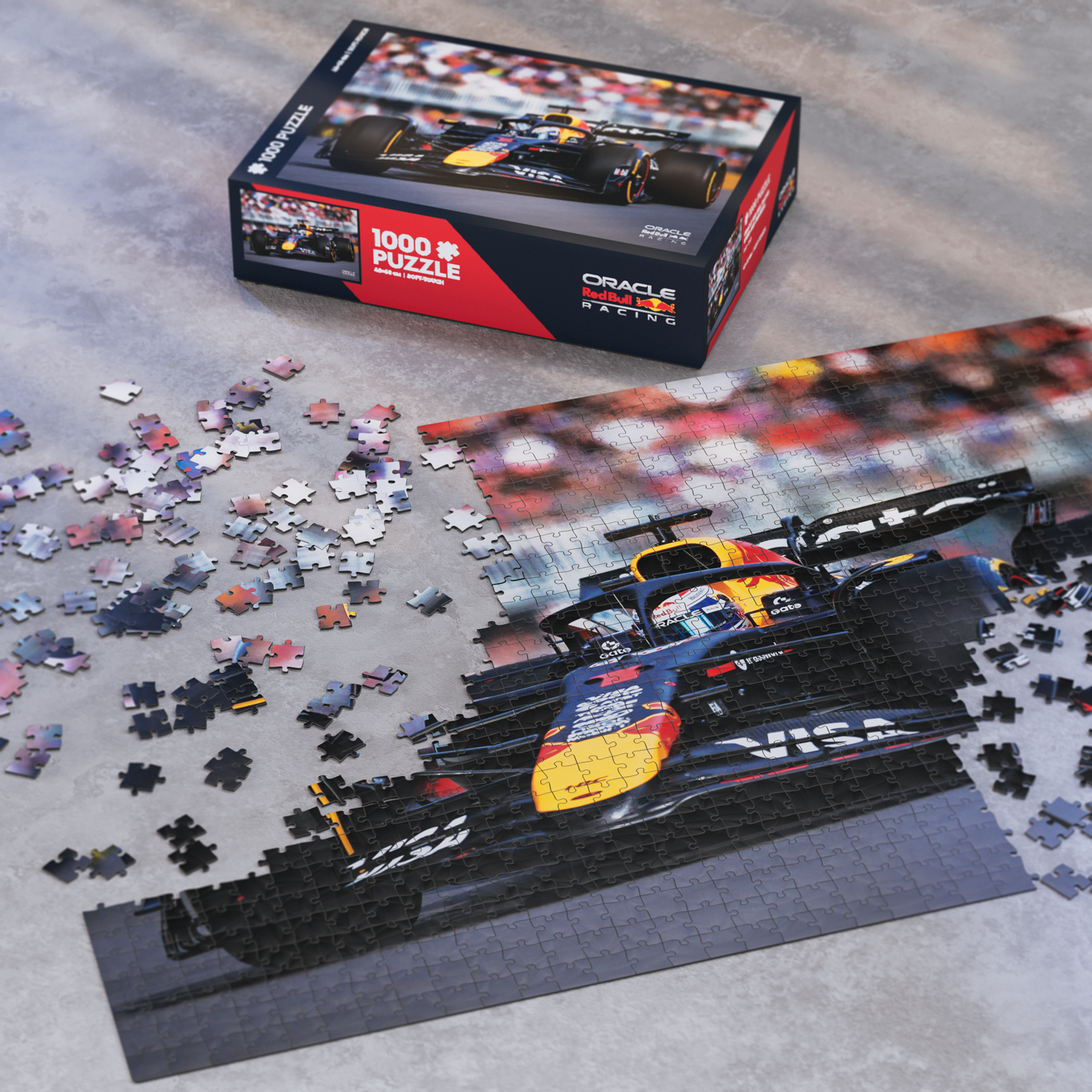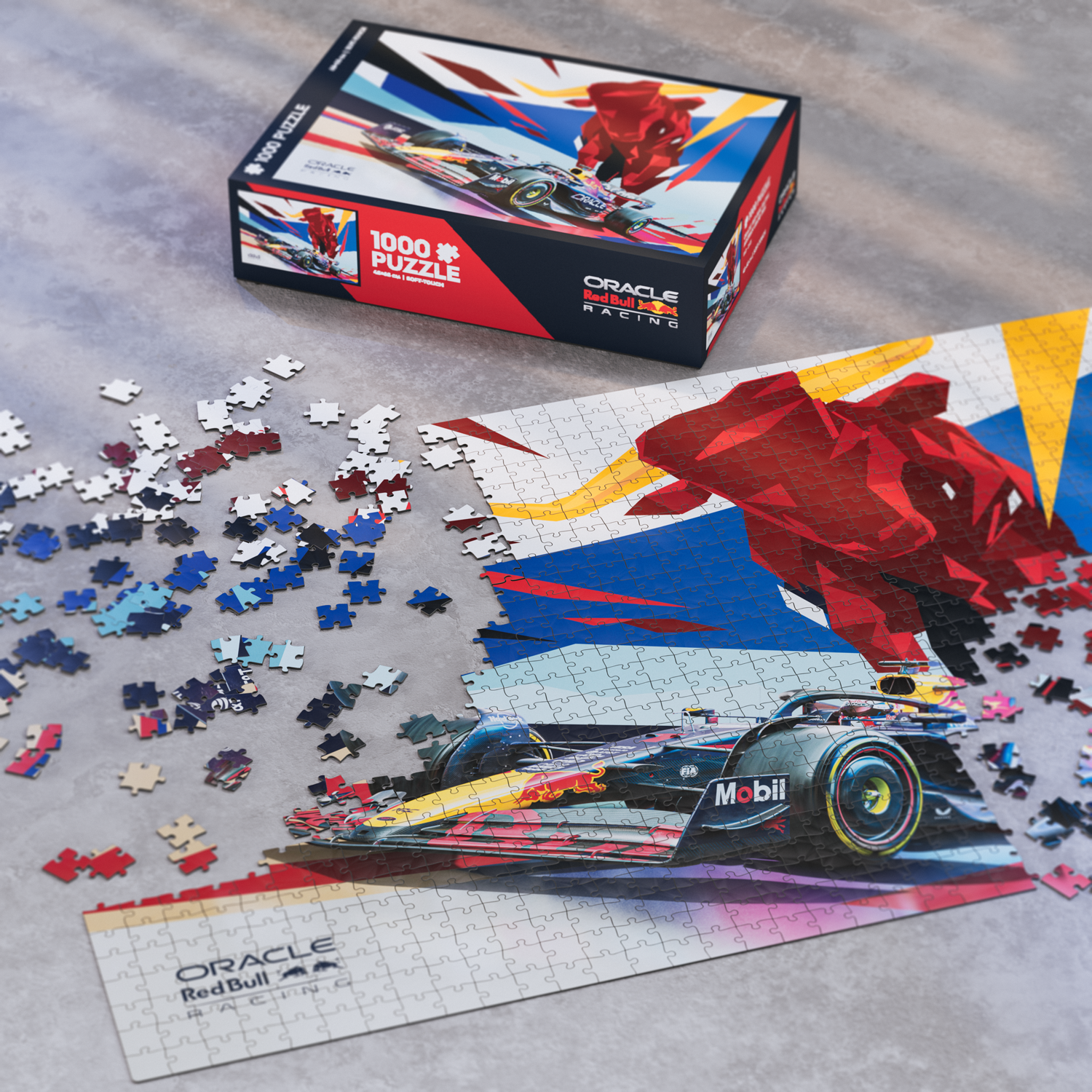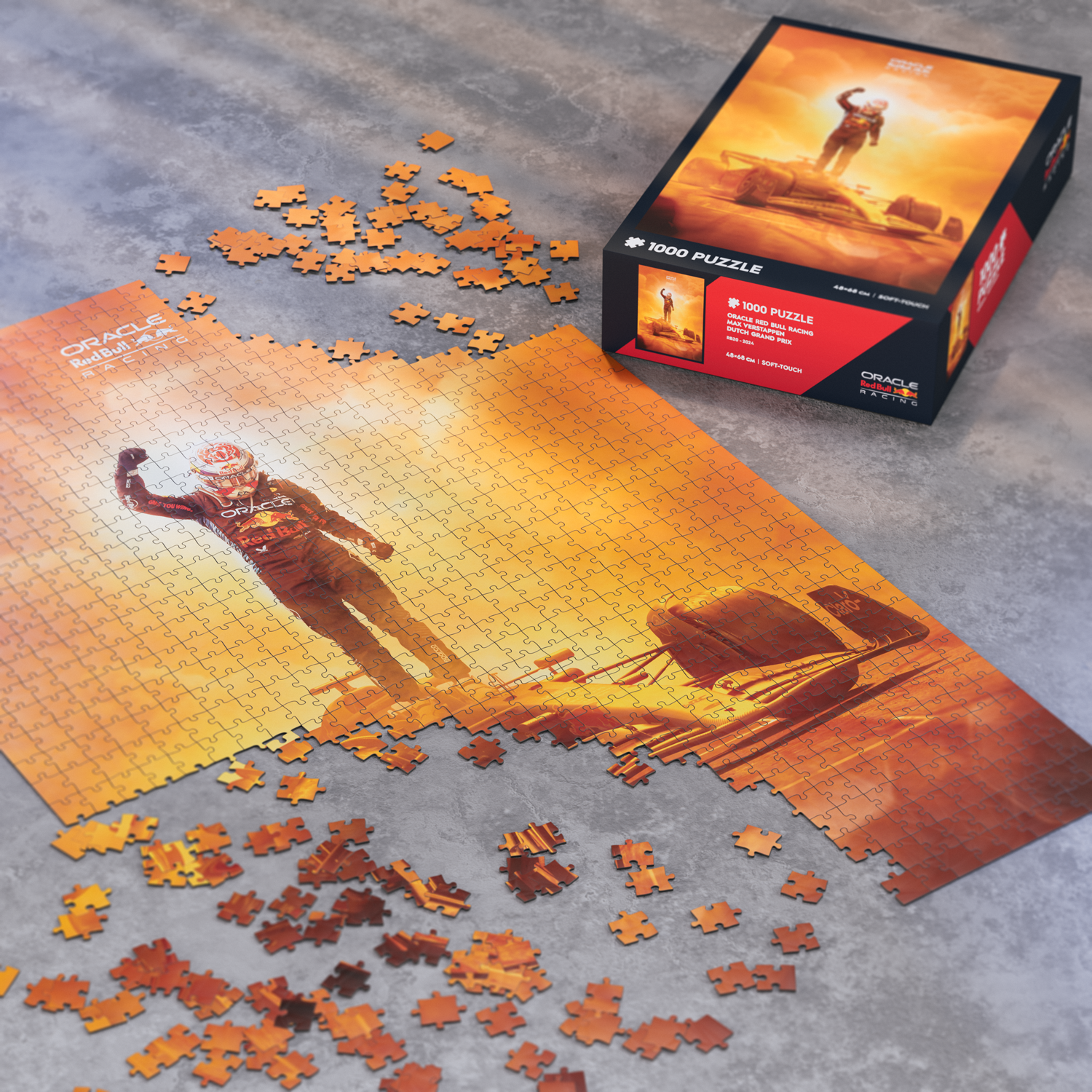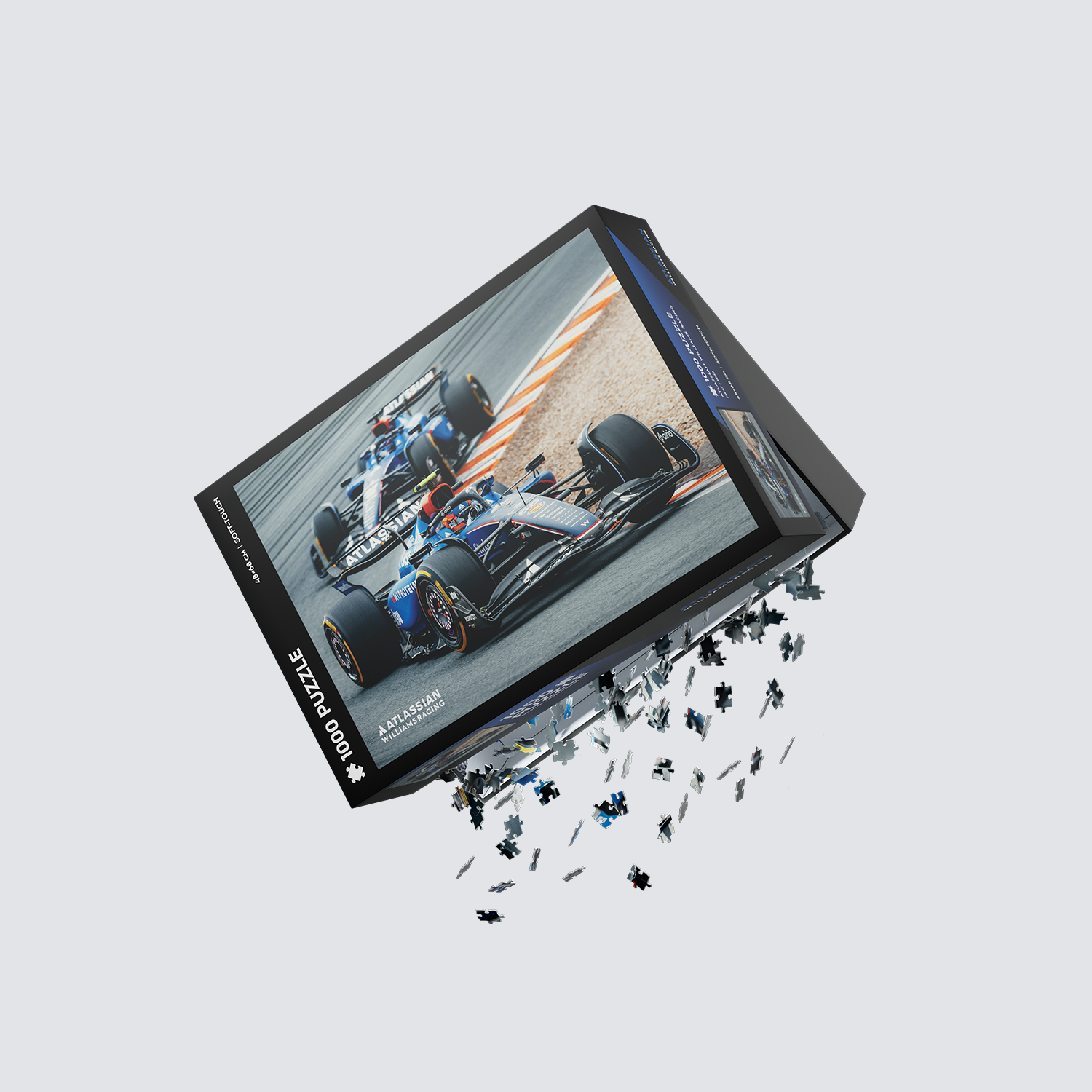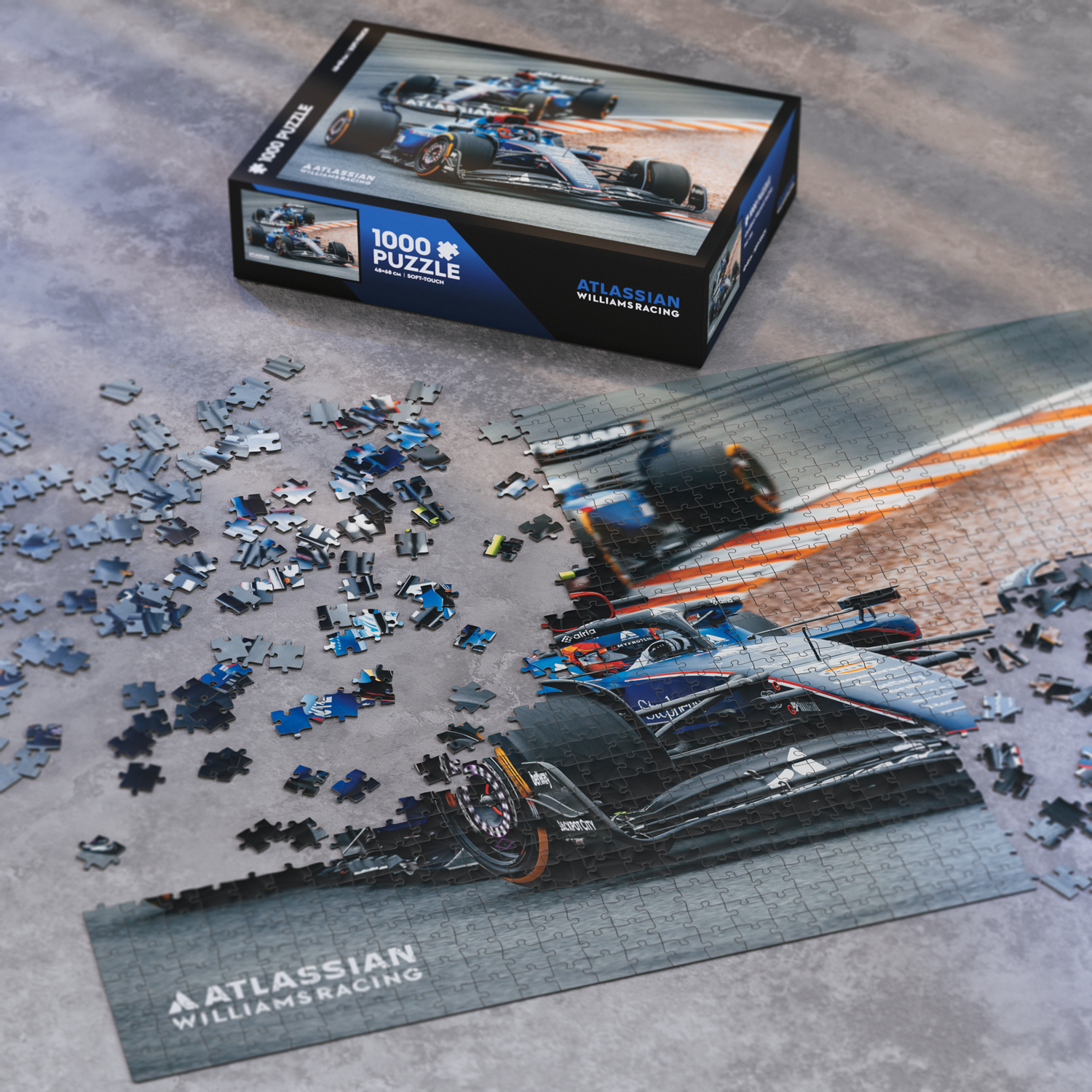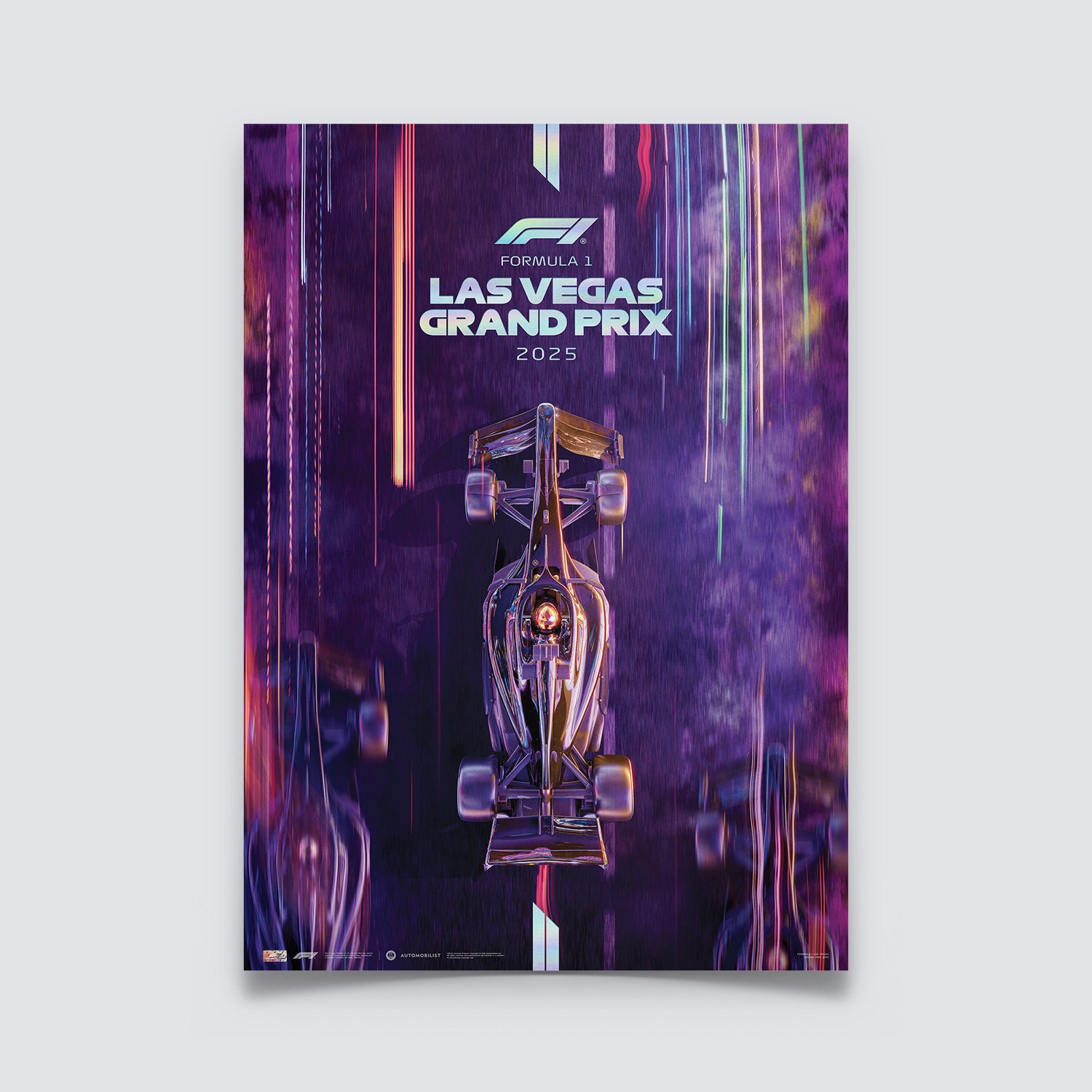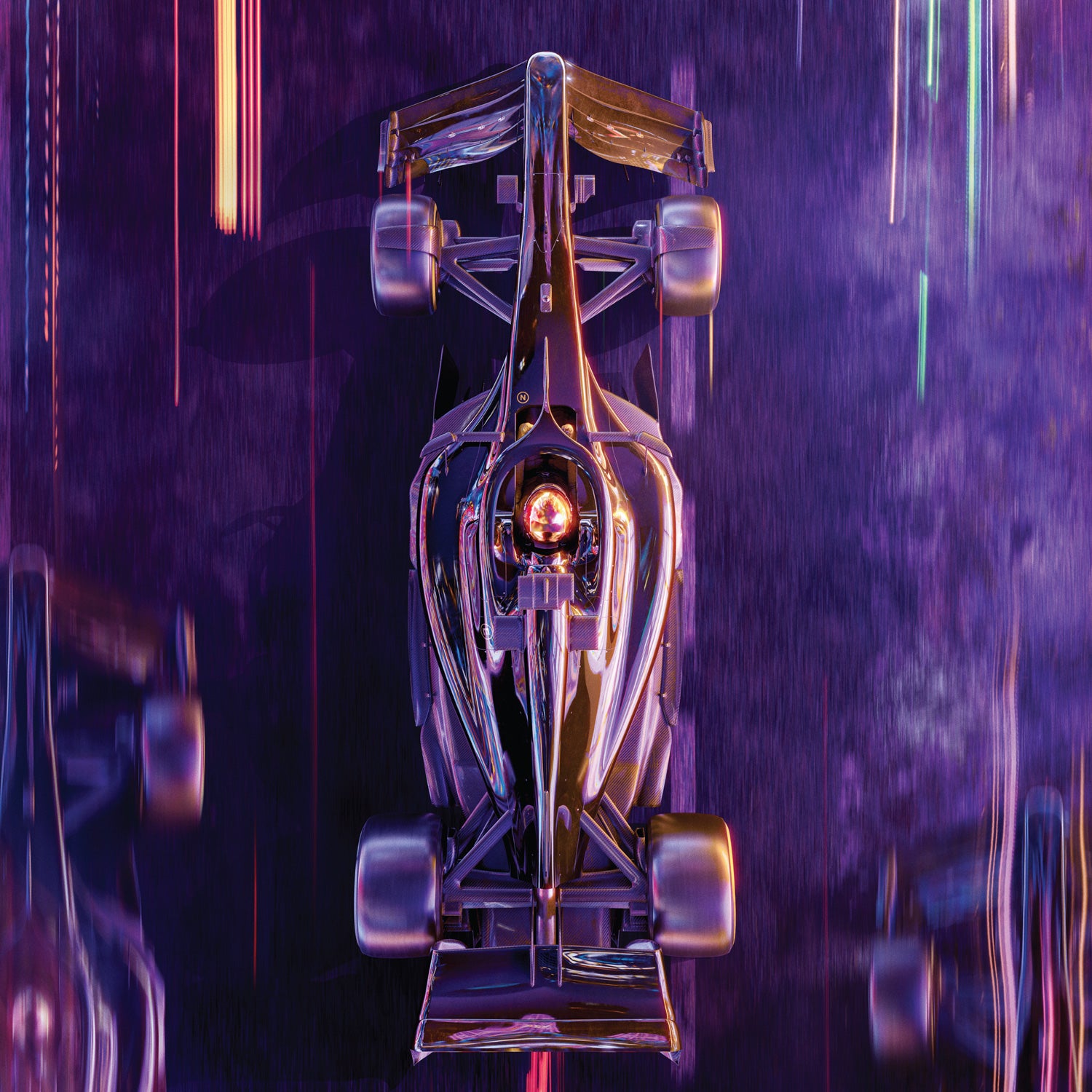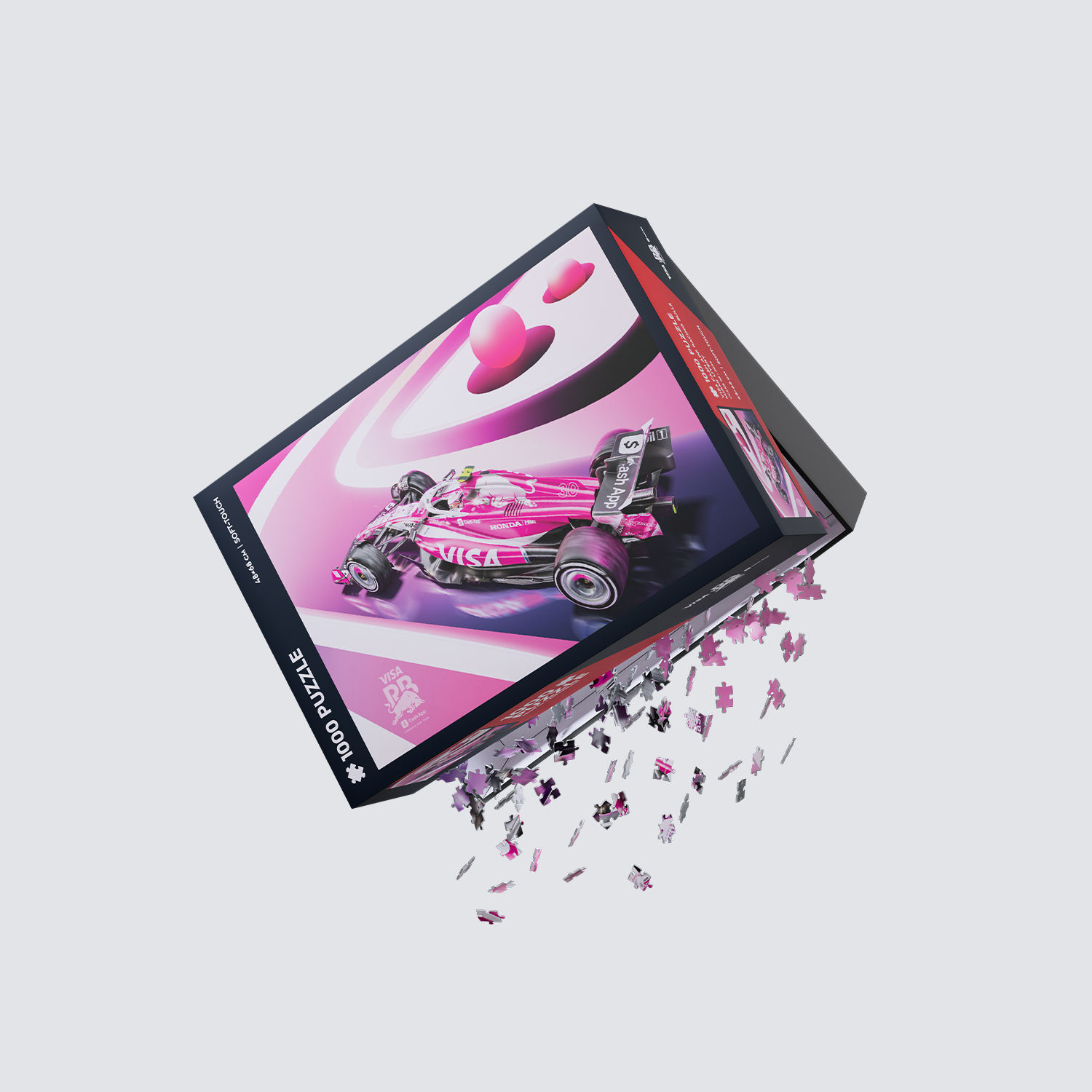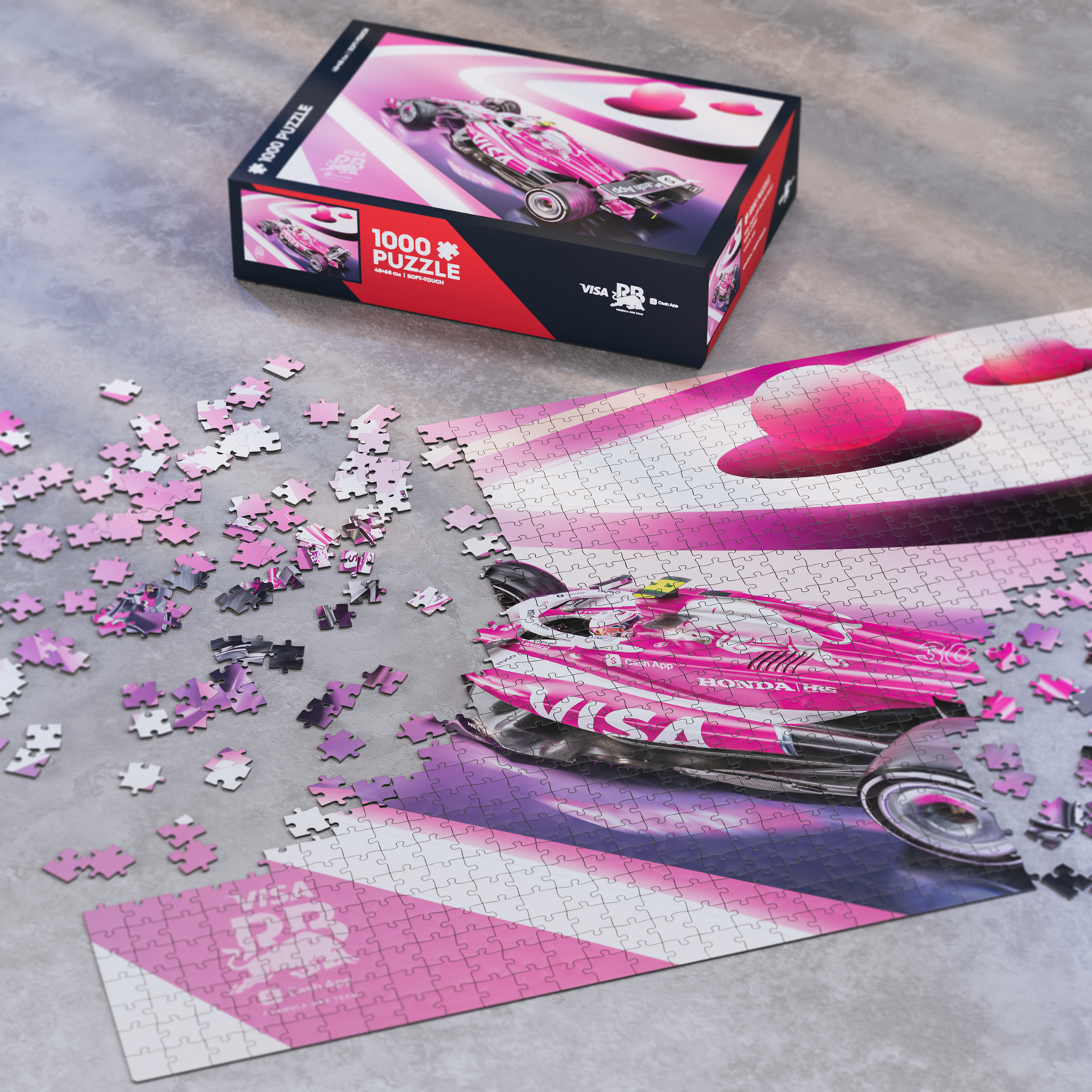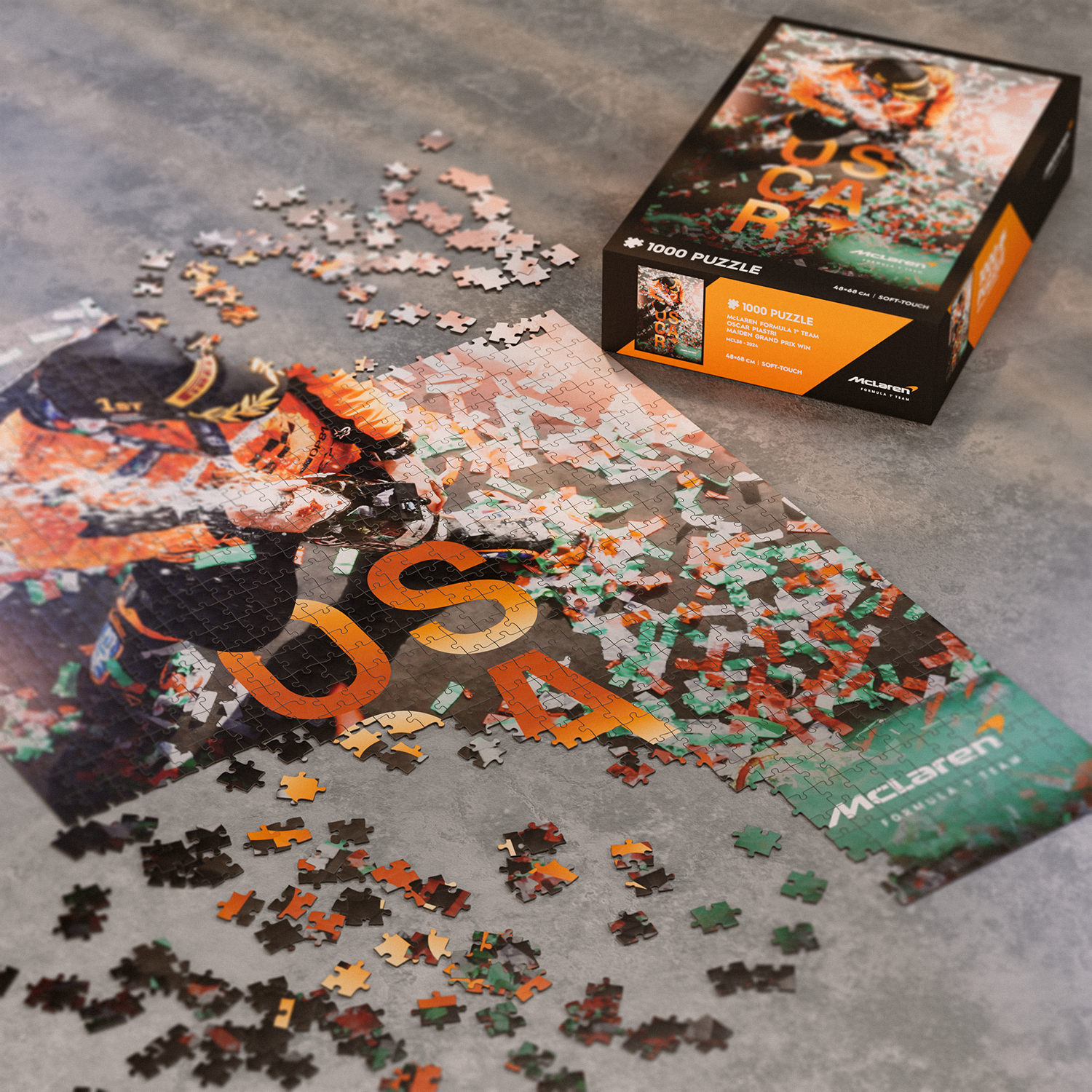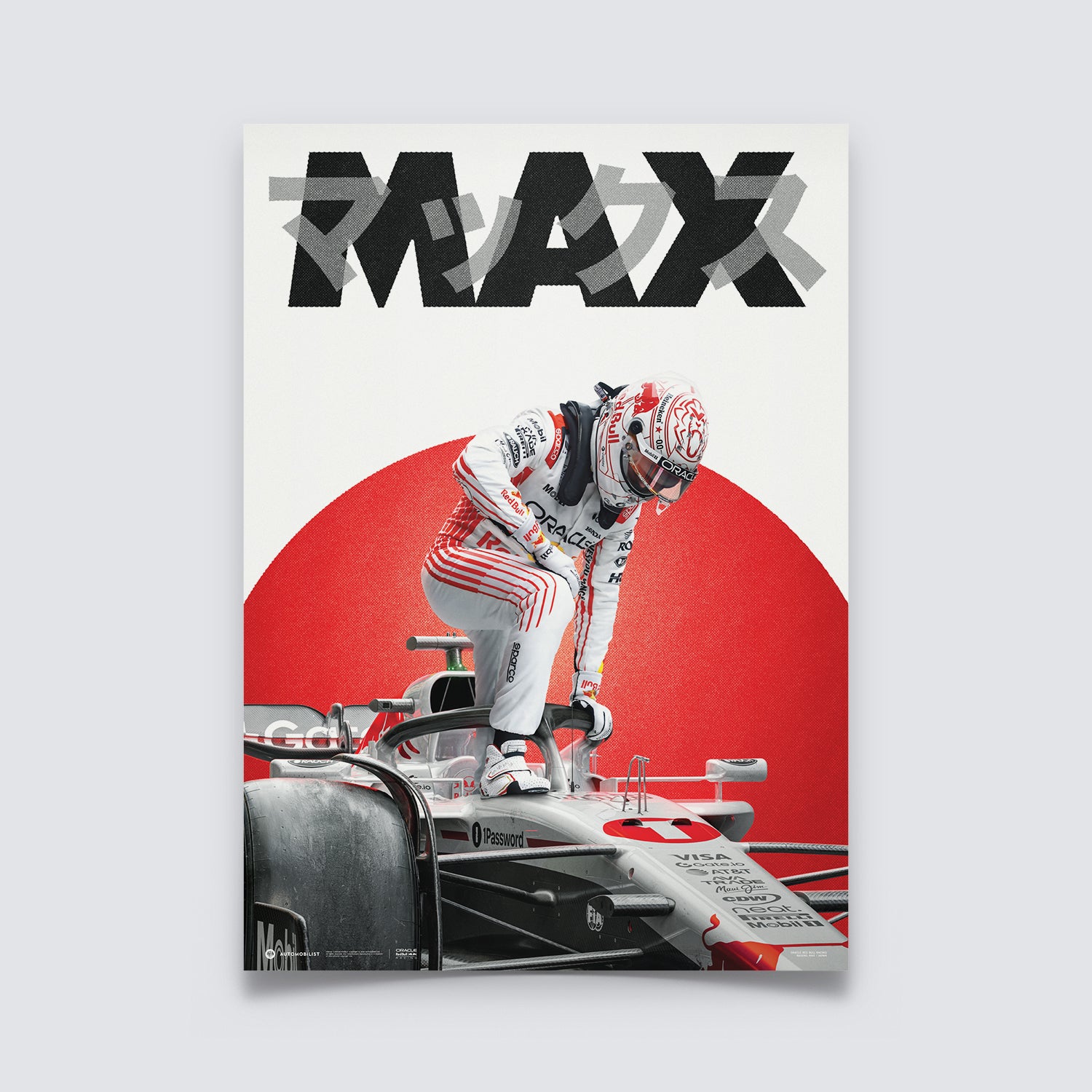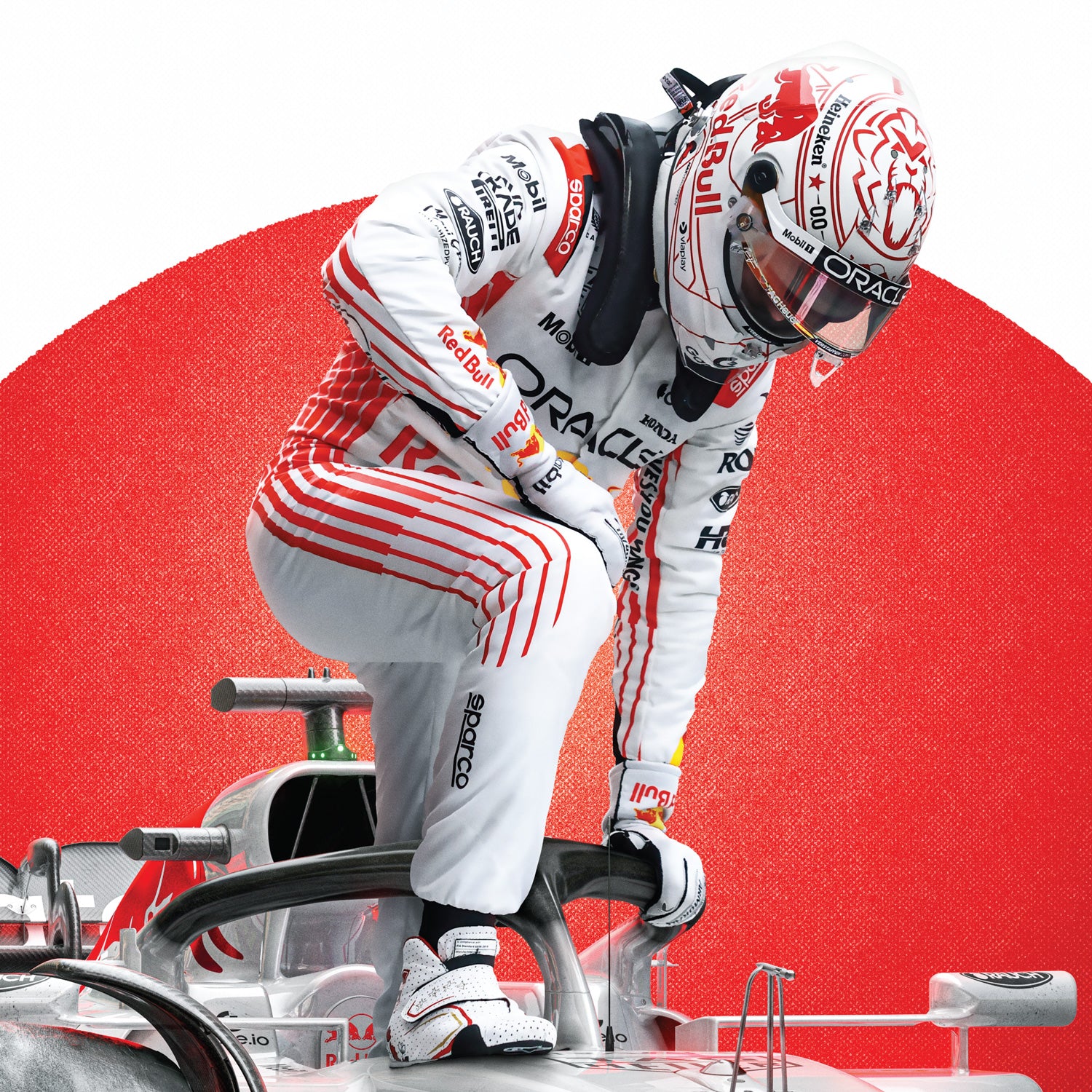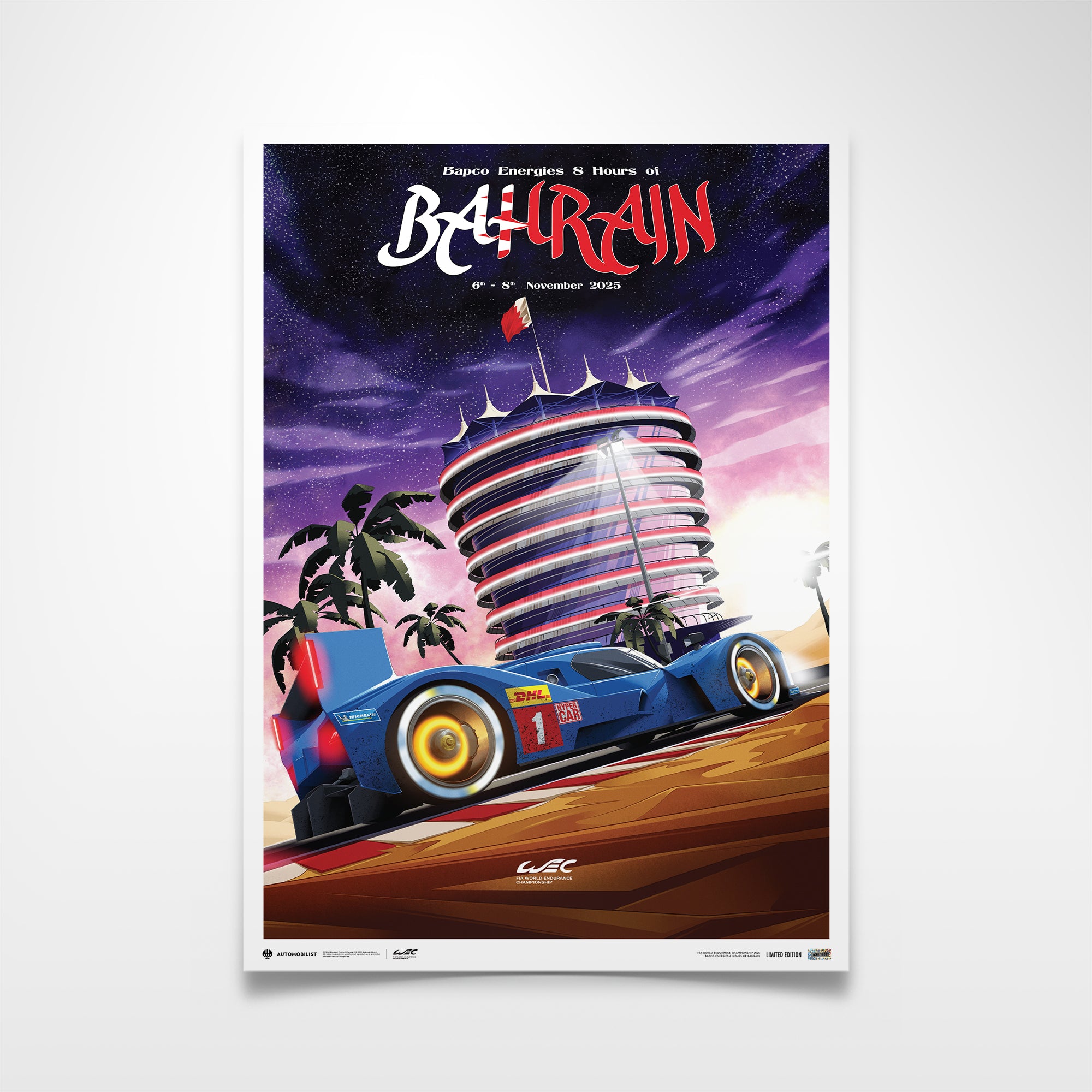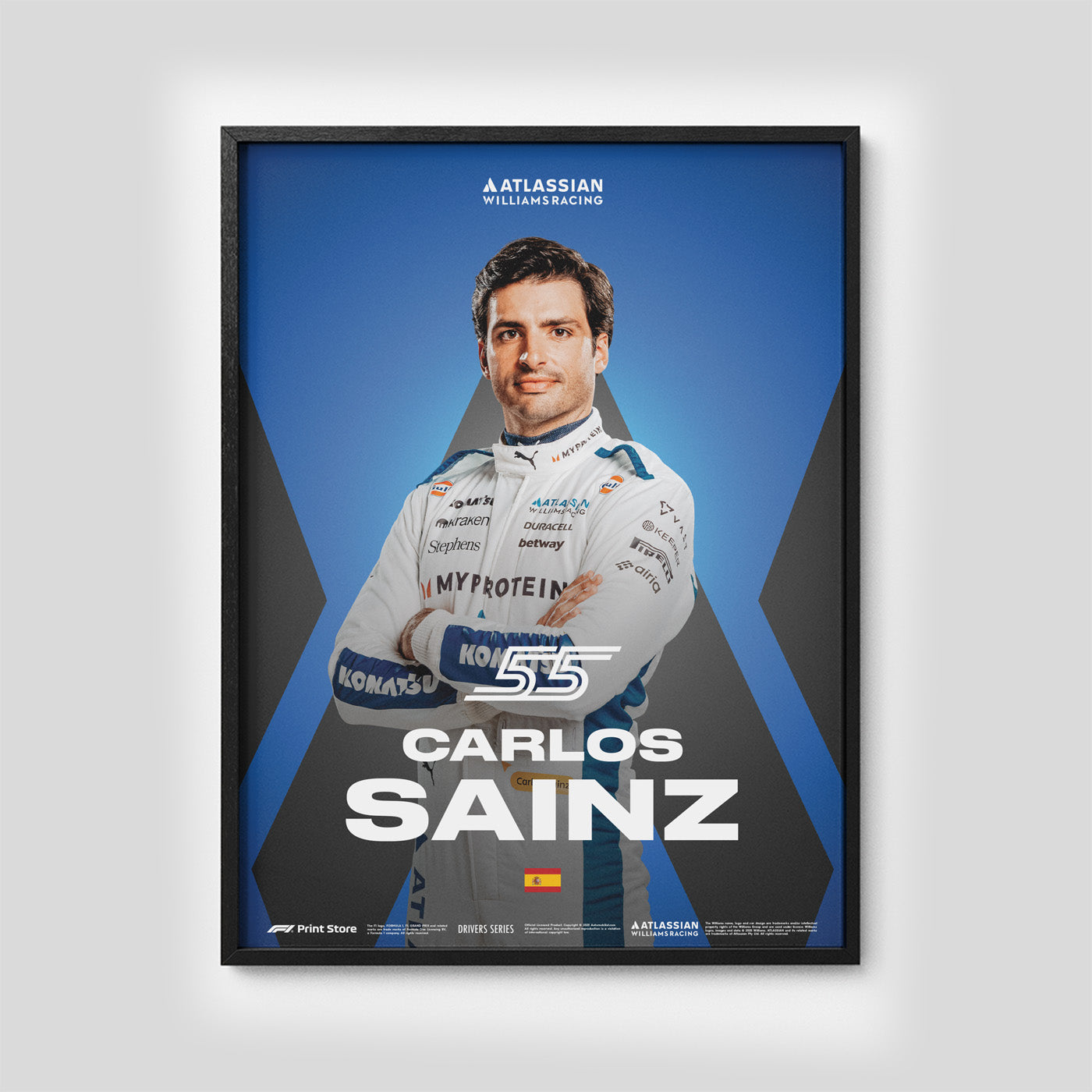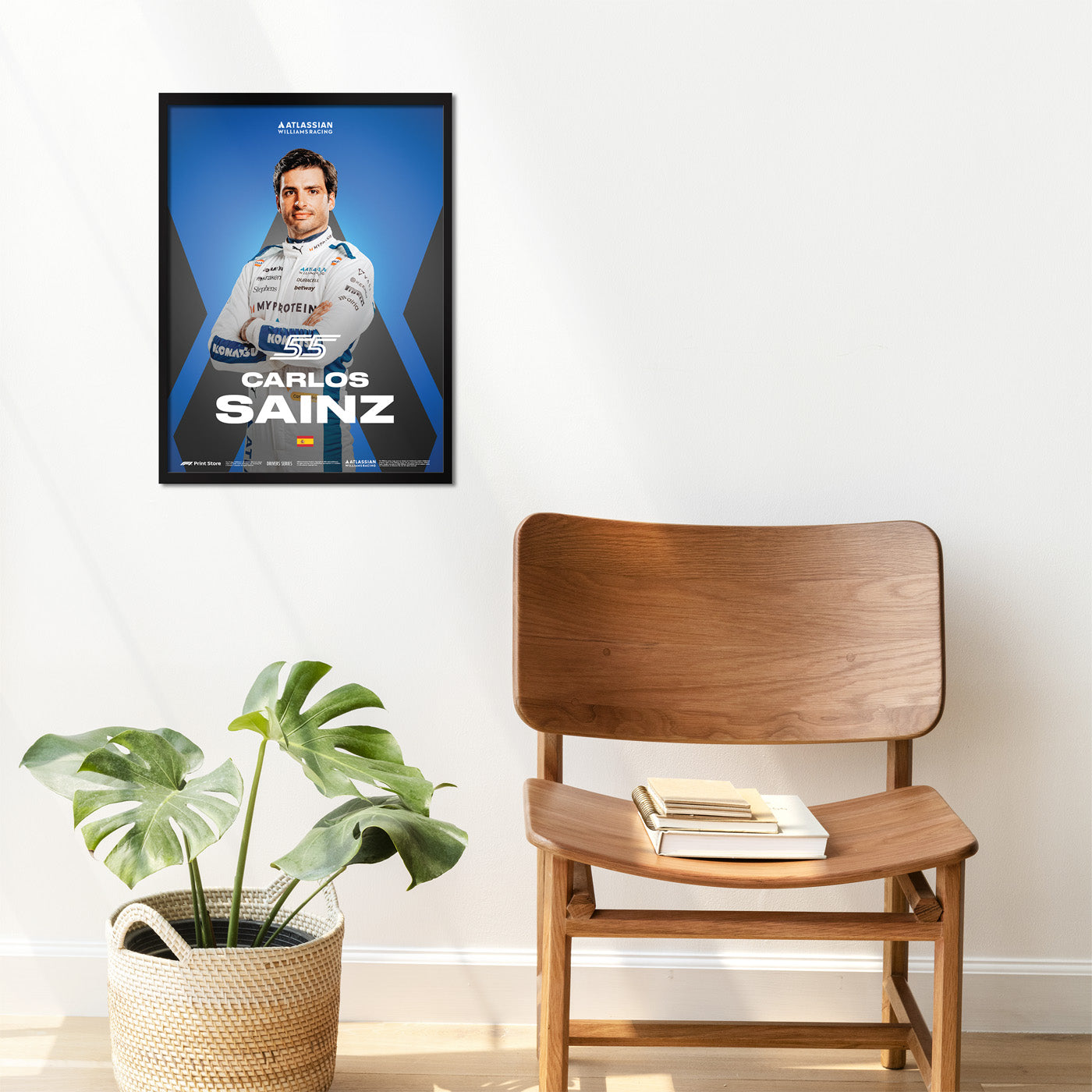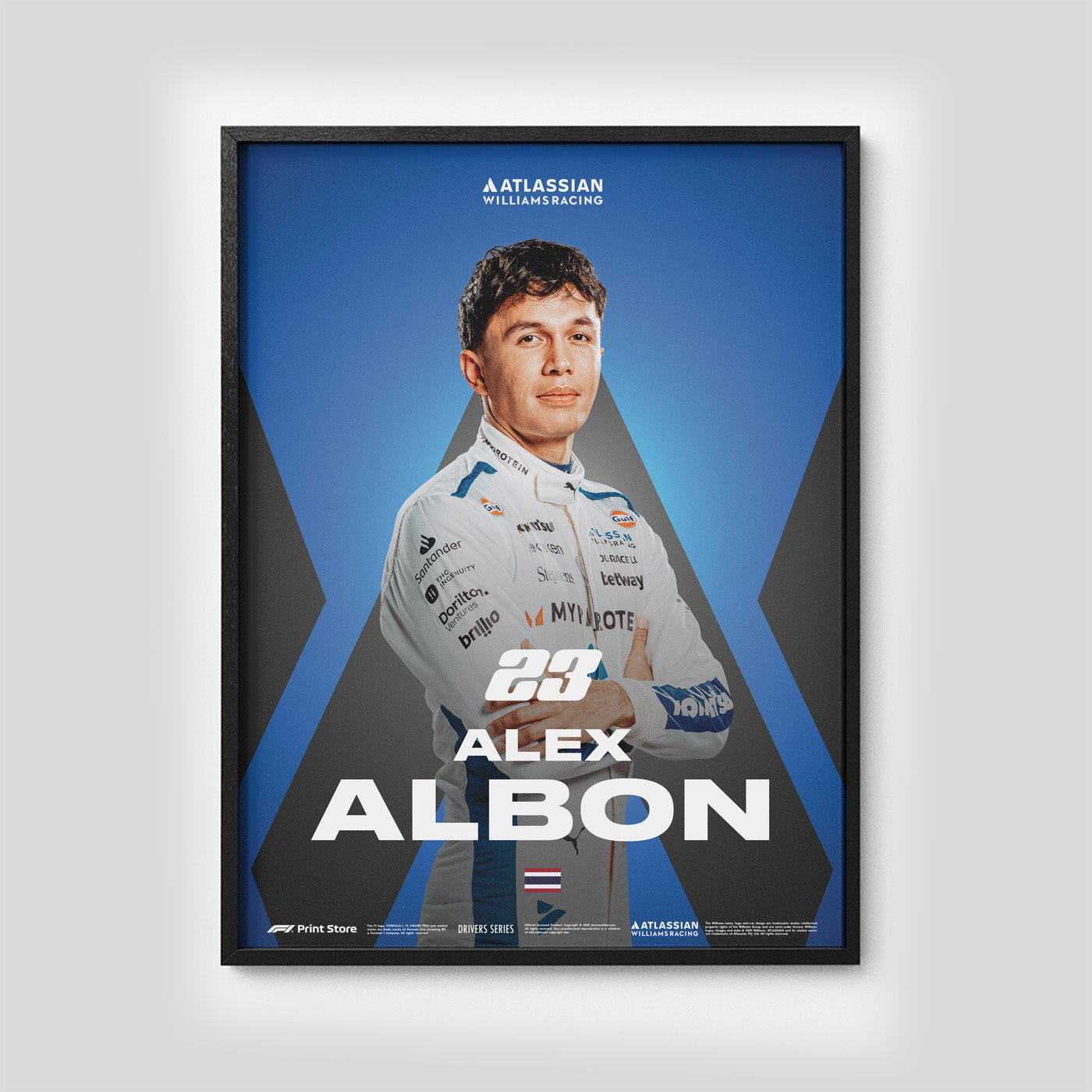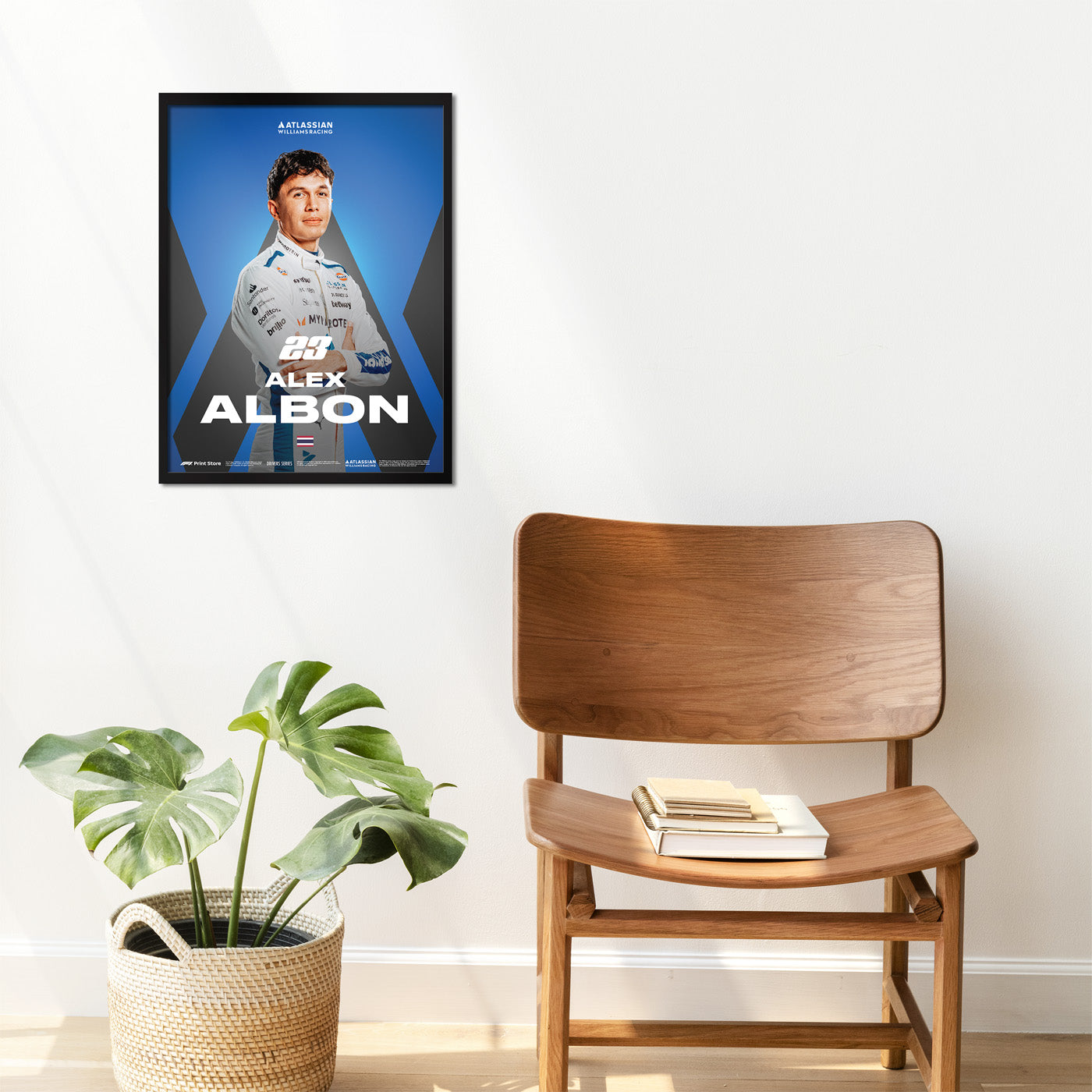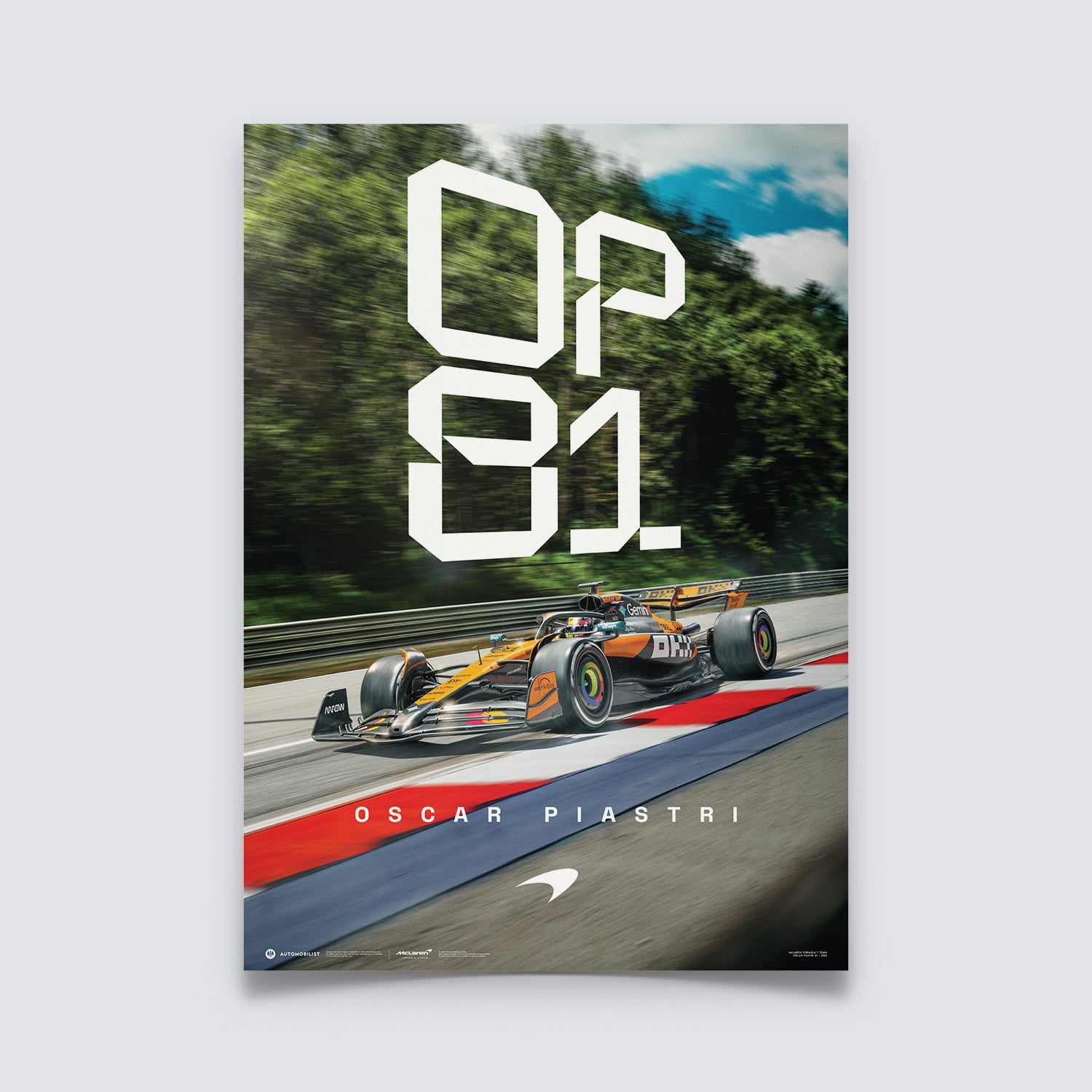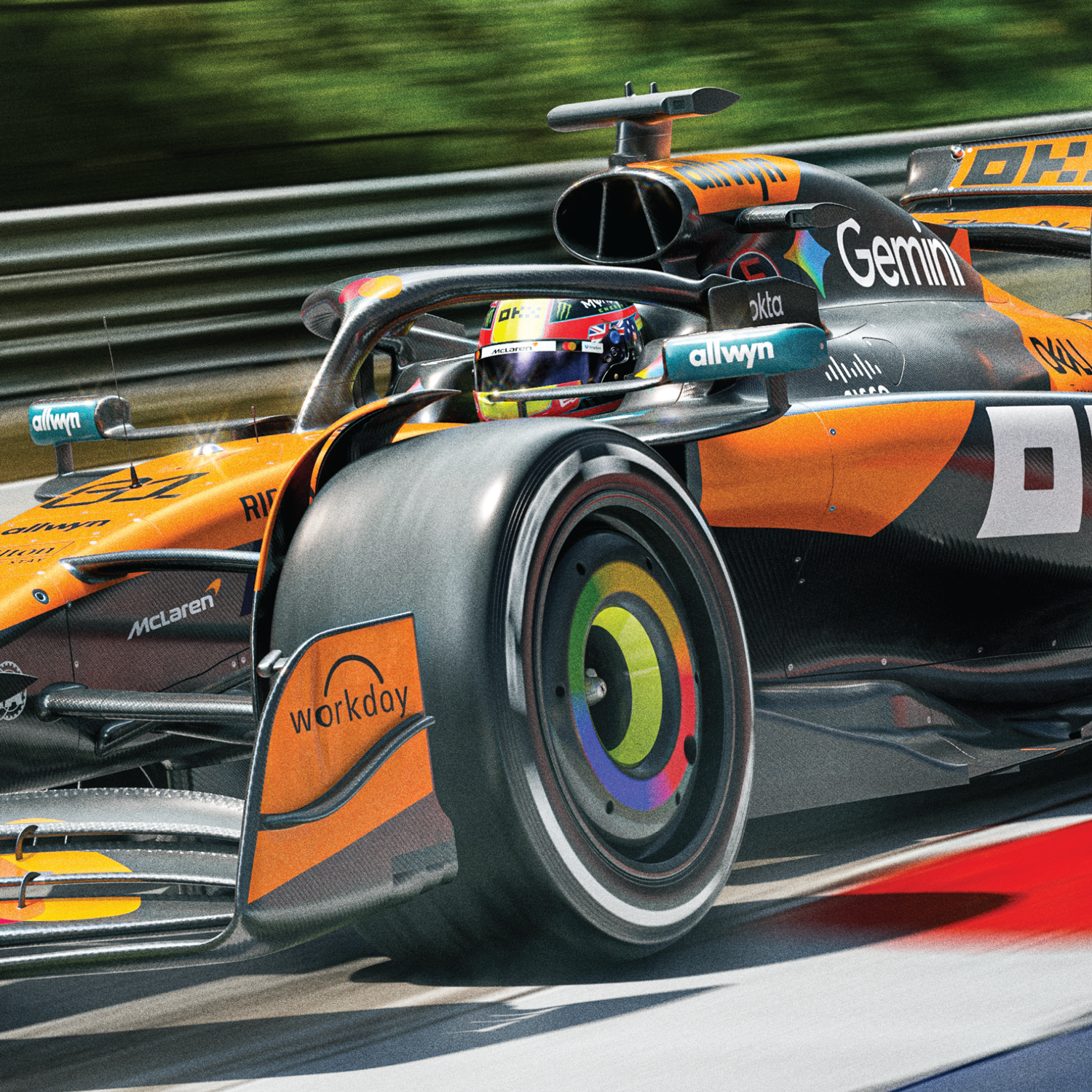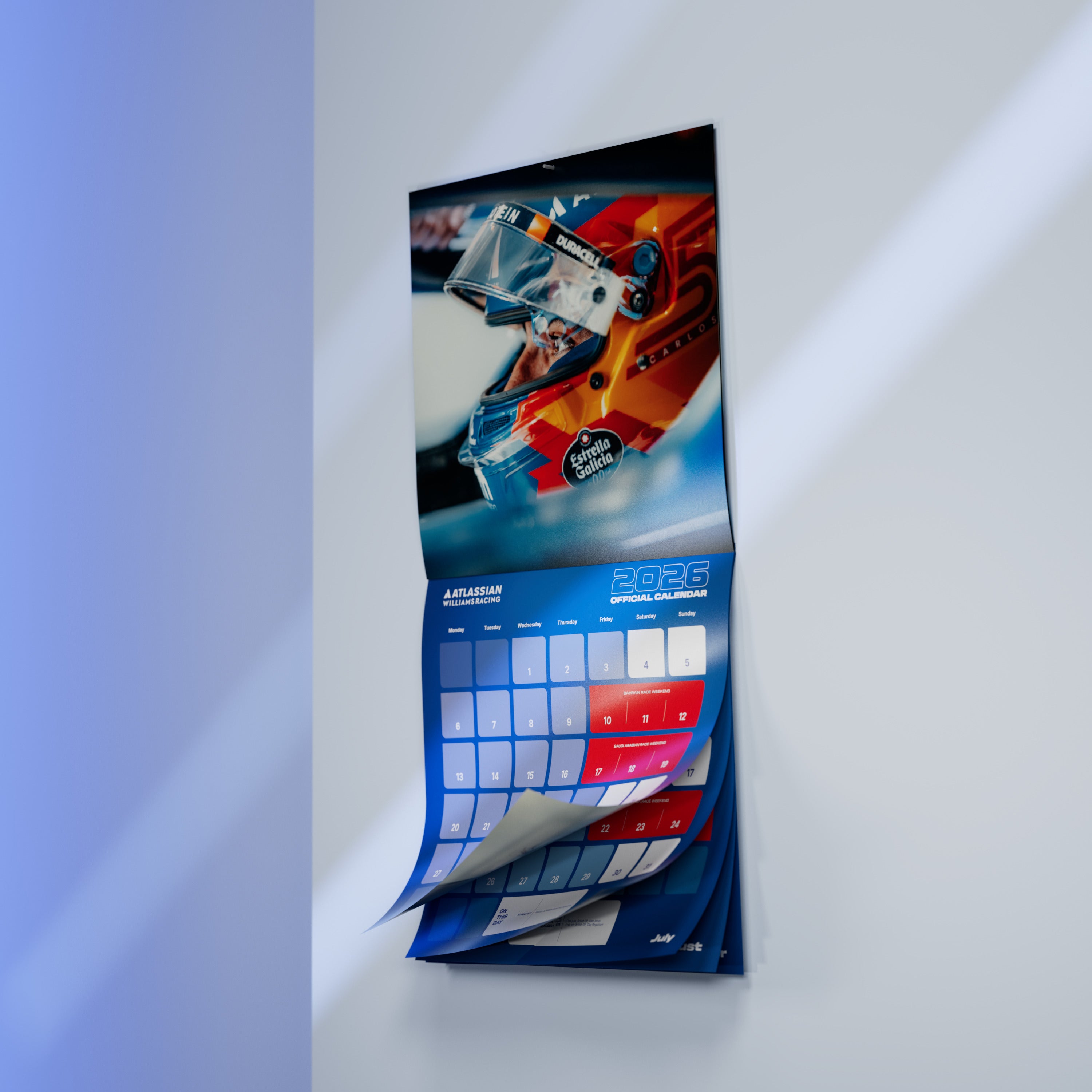Written and captured by Richard Kelley
John Watson and engineer extraordinaire Gordon Murray sorted the 1977 Brabham-Alfa Romeo, one tweak at a time. In those days, there were no data-gathering devices besides their two brains and Watson's communication. Watson's life literally depended on his recounting, in minute detail, of the handling characteristics of his car.
Murray would respond with an adjustment, and the entire process would repeat, ending once the duo found chassis settings that Watson trusted would carry him the whole 200-mile Grand Prix distance. He would start with a full load of racing fuel in multiple bladders just two inches from his thighs, fitted inside the car's aluminum monocoque shell. There would be no tire stops, refueling, or stops for adjustments. Their decisions had to account for tire wear, fuel load reduction, fatigue, heat and possible car-to-car contact.
Difficult? No - that was Grand Prix racing.
 © Richard Kelley
© Richard Kelley
F1 rookie Bobby Rahal would suffer the same communication pressure as he pushed with everything he had at the 1978 US Grand Prix. He qualified the second Wolf 20th, under the withering gaze of Team Manager Peter Warr. Rahal finished his first Grand Prix a gritty 12th.
 © Richard Kelley
© Richard Kelley
At the opposite end of the pit lane, Derek Daly and Team Tissot Ensign team owner Mo Nunn were having a necessary heart-to-heart moment before the start of the 1978 US Grand Prix. The subject was simply money - for Ensign to survive, Nunn needed Derek to finish, the higher up the order, the better - but to make enough money to matter, he first had to finish.
Daly had come up the hard way - from Irish Formula Ford through F2, even having his whole tool kit pinched at an amateur race meeting. Now he was driving for his career, and on this day, he qualified his N177 19th in his third F1 start. Daly had retired from the British and Dutch GPs early in the season with mechanical failures. Mo Nunn had come up similarly, founding Ensign in 1973, where he was the designer for the first two seasons of the team's existence and chief engineer. Daly would struggle and qualify 19th - but would finish a storming 8th between James Hunt and René Arnoux.
 © Richard Kelley
© Richard Kelley
During the 1980 season, Warsteiner Arrows driver Riccardo Patrese found his team lacked a sympathetic ear to his complaints about the handling of his A3 chassis. Patrese had suffered with the team’s radical A2 during the lost 1979 season due to the car’s indecipherable handling.
As always, Alan Rees would bark, “Just drive it, Riccardo.”
The A2 was built as a total “wing car”, with the entire underbody supplying downforce. It also dispensed with front and rear wings as “tuning aids”. As a result, the car bounded down the track, “porpoising” as it created downforce only to loose it all over bumps.
Patrese had hoped that the more conventionally designed A3 would restore his reputation. Still, due to the money spent on the A2, more was needed for development of the new car during the season. The team would struggle with the A3 through the 1980 and ’81 seasons, falling farther and farther behind the performance curve.
 © Richard Kelley
© Richard Kelley
By 1982, the unrelenting technical developments had produced a grim racing atmosphere; the cars’ massive electrical and computational complexity frustrated drivers, who could not find solutions without accurate real-time data. The adjustments drivers requested in earlier years didn’t deliver the same results.
They struggled with too few clues on how to make their inconsistent 1,500 hp cars respond predictably. With their massive downforce developed from the ground effect aerodynamics, a sliding F1 car was a thing of the past. And with only two sets of tires allowed for qualifying, a driver had no room for error. A fumbled lap put them at the back of the grid.
While a driver years earlier would delicately guide his racecar around the circuit with his fingertips, drivers now could only hang on as they charged every corner, paradoxically having to increase speed if the car lost grip. The violent ride and the fatigue punished the drivers, their eyesight blurring over every bump.
They were reaching the limit of their abilities to handle the forces conspiring to tear them and their cars apart. And, quite understandably, as the mechanical intensity and fragility increased, they searched for a quiet spot, far away from fans, photojournalists and their rivals, to try to find the answers.
 © Richard Kelley
© Richard Kelley
Here, Team Tyrrell driver Michele Alboreto shares his insightful feedback with Development Engineer Brian Lisles and Team Principal Ken Tyrrell at the 1982 Detroit Grand Prix during his first complete season. Alboreto's victories were initially limited by his underpowered Ford V8 among the Titanic turbos. Still, he would take his first win at the end of that season and then return to capture another here in Detroit in 1983 - the last victory for a normally aspirated engine until the banning of turbos after 1988.



